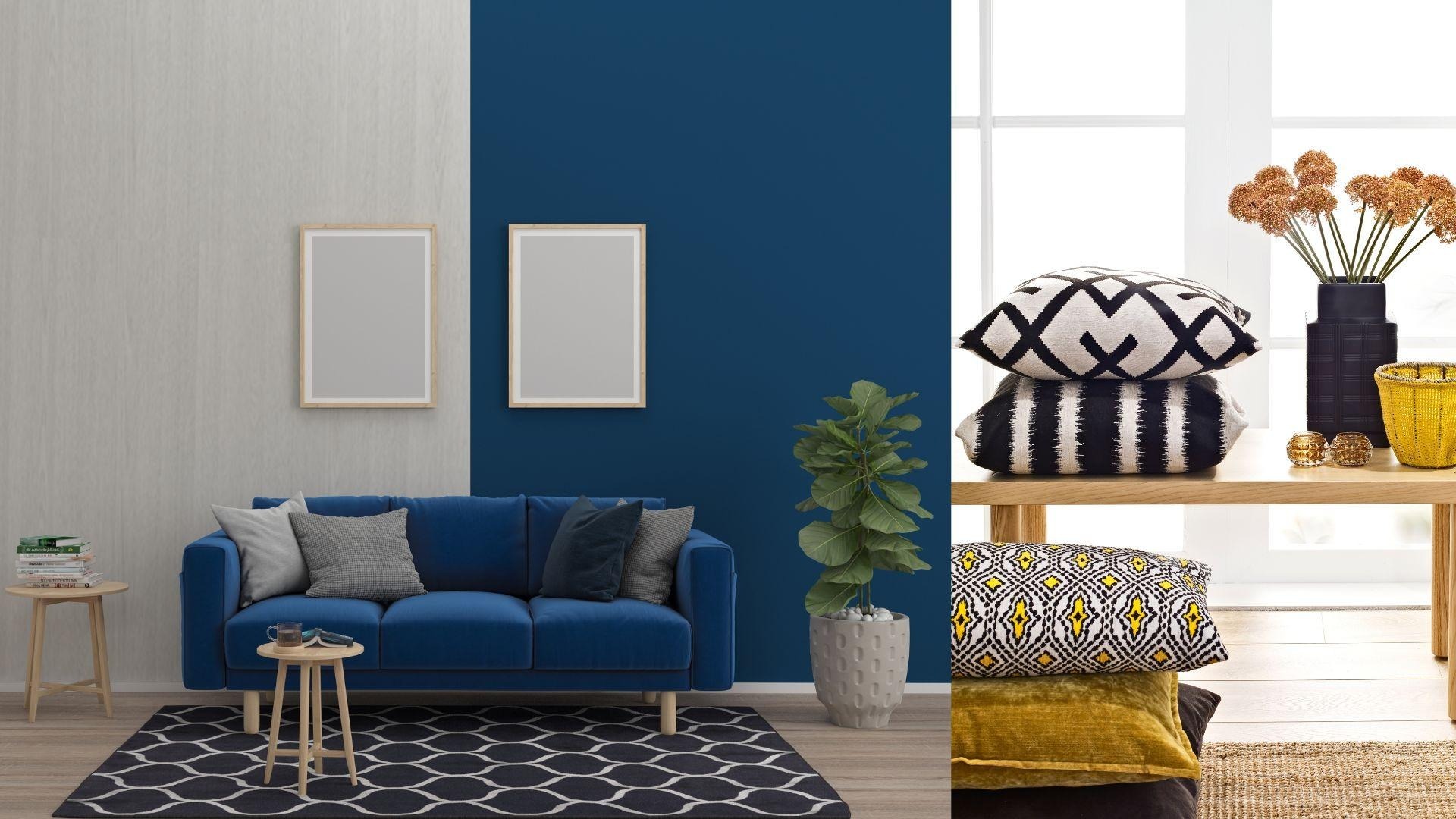10/14/2023
Your home decor is about more than just aesthetics. It goes beyond colors and furniture. Interior design psychology studies how space design can influence your mood, well-being, and even your productivity. Let's take a deeper look at how design can have a significant impact on your daily life.
Color and Emotions
Let's start with one of the most obvious factors: color. Colors have a surprising influence on our mood. For example, blue is often associated with a sense of calm and tranquility, while red can boost energy and vitality. When choosing colors for different rooms in your home, consider how you want to feel in those spaces.
Blue for Calm: If you want to create a relaxation haven in your home, opt for shades of blue in areas dedicated to rest, like the bedroom or the living room. Blue has a calming effect that can help you unwind after a long day.
Red for Energy: If you want to boost your energy in a room, such as the dining area or the study, red can be an excellent choice. This stimulating color can encourage conversation and activity.
Green for Nature: Green is associated with nature and growth. Use it in spaces where you want to promote serenity and freshness, like a yoga room or a kitchen.

Light and Well-Being
Light is another critical design element that can affect your mood. Natural light is often preferable to artificial light. Position your furniture to maximize the use of natural light during the day. Sunlight has been shown to improve mood and productivity. However, when natural light is unavailable, ensure you have good artificial lighting. Avoid lights that are too harsh or too dim, which can cause fatigue or emotional imbalances. Warm and adjustable lights can create a welcoming and flexible atmosphere.
_a203aaacea_.jpg)
Space and Comfort
The arrangement of objects and furniture can have a significant impact on your well-being. A cluttered environment can increase stress, while an open and tidy space can foster calmness. Keep your space organized and free of unnecessary items to promote serenity. Additionally, invest in comfortable and functional furniture. A cozy sofa or a comfortable chair can significantly improve your quality of time spent at home. Remember that space should be functional as well as aesthetically pleasing.
_be484fcc57_.jpg)
Nature and Connection to the Outdoors
Bringing nature inside your home can have a positive effect on your mental health. Houseplants not only add a touch of green to your decor but also purify the air and create a healthier environment. Moreover, the sight of plants and trees can promote tranquility and a connection to nature. Consider placing plants in different areas of your home, especially in rooms where you spend more time. The greenery of plants can help reduce stress and improve your mood.
_e872d8f03a_.jpg)
Objects and Memories
Lastly, remember that your home decor can also reflect your personality and experiences. The items you choose to display can bring positive emotions. For example, photographs of happy moments with friends and family can lift your spirits every time you look at them.
_cb4de058c5_.jpg)
Incorporate objects that hold meaning for you in your home decor. These memories can bring joy and comfort.